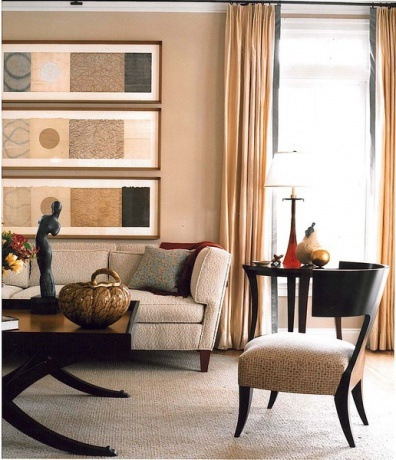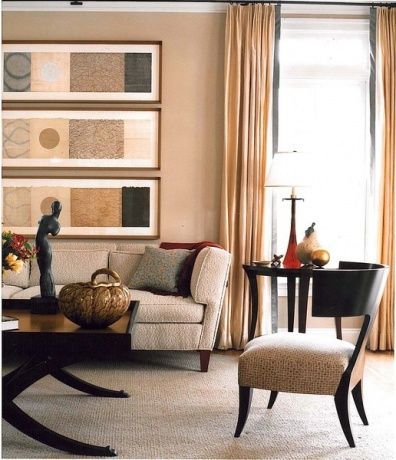
The Washington DC area is home to a big, busy interior design community. It makes sense that residential design and renovation are big business here because the DC market itself is constantly changing--and design and renovation are all about change. Whether the work is built on riveting simplicity or genre-bending extravagance, the effect of change achieved by interior designers can be transformative. How do they do it?
Indeed, the design process may seem impossibly magical and mysterious. To shed some light on it, Washington Design Center recently invited interior designers Marika Meyer, Barbara Hawthorn and Skip Sroka to a panel discussion titled "De-mystifying Interior Design." Of course, talent is a mystery, just as creativity is magic. But as Marika, Barbara and Skip spoke about their work, the audience got to peek inside the process. The discussion ranged broadly over many topics. What follows here is just a snippet.
So what does an interior designer do? Marika summarized: "a designer creates cohesive and consistent space". The key elements of design are
- lighting (natural and artificial)
- scale (room size)
- proportion (relationship between objects, furnishings and built pieces)
- the finish (accessories and color)
- sight lines (points of interest that draw you into the space)

All three designers put lighting at the top of the list. Is the room naturally bright or dark? Is it used mostly during daylight hours or in the evening? Balancing the natural and artificial lighting is key to achieving color balance. Marika feels very strongly about this point "because you can spend all the money in the world on furnishings, but if you have poor light.... well there is very little point." So understanding the assets and limitations of a room are the first step to creating the space the client desires.
Both Skip and Barbara noted that they look for thematic relationships that tie rooms together, though each space has its own unique character and purpose. Barbara says she tries to create themes "major and minor... visual cues that resonate from room to room" as you pass through. The designers compose their rooms making music of the space. Focal points minor and major all contribute to the total picture that embodies the atmosphere they are attempting to capture in the design.
And finally, all three designers agree: know thy client. You can't design anything until you've really taken the time to engage, excite and listen to your client. Though each approaches it differently, all three spend time "playing" with the client by showing different combinations of colors, textures, images to gage their responses. The process may unlock preferences and illuminate interests that the client didn't realize they had. By the end, it seems the designers end up knowing their clients better than their clients know themselves. Skip recalled a client who wouldn't even look at a particular color combination, then ended up choosing -and loving- that color when it played out in the design.
Final word from Marika: "Working with an interior designer is a luxury and you should enjoy it. It should be fun." It's difficult to imagine that working with any one of these three wouldn't be a LOT of fun.
8820 Brookville Road,
Silver Spring, MD 20910
© Gilday Renovations 2025
info@gilday.com


Leave a comment